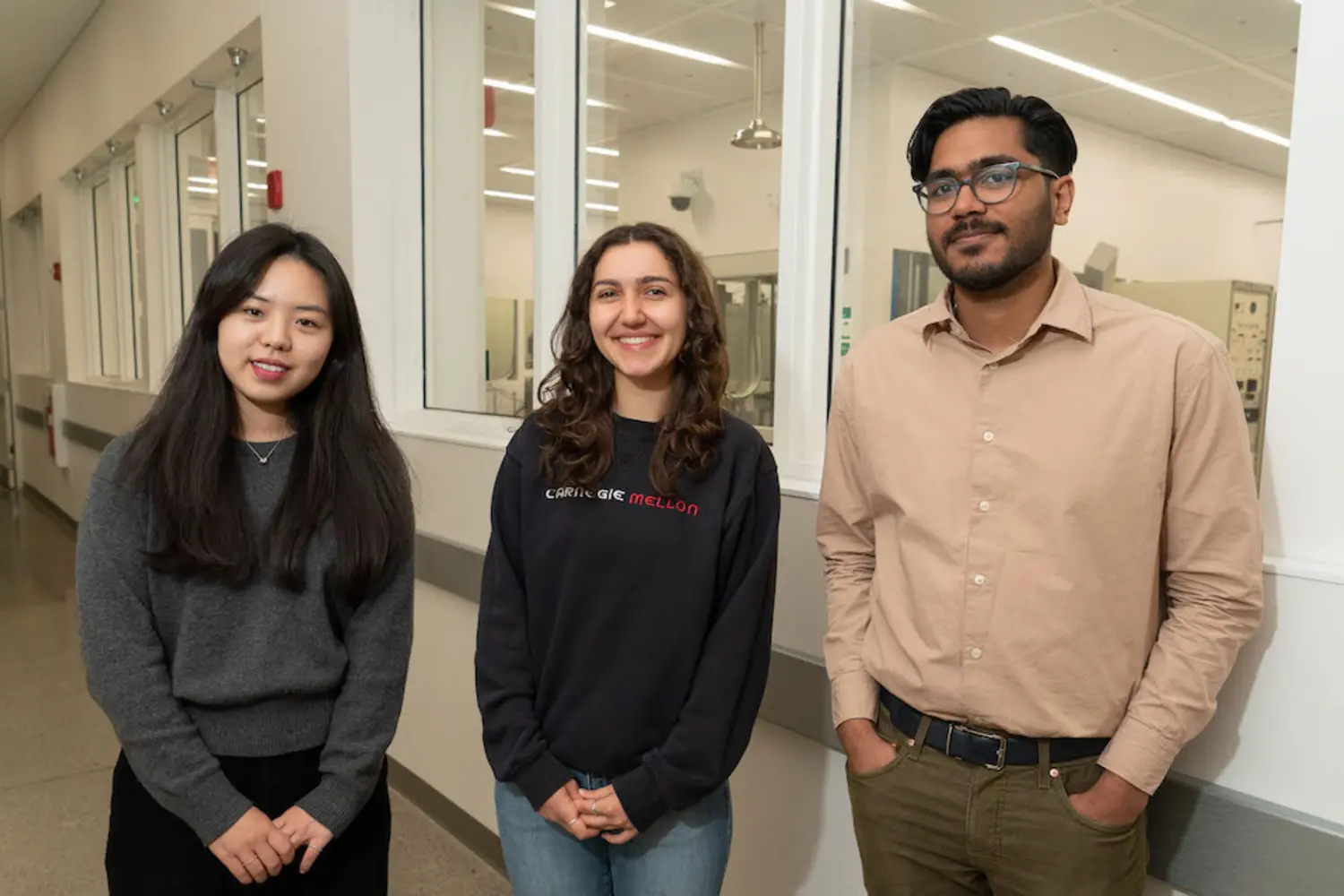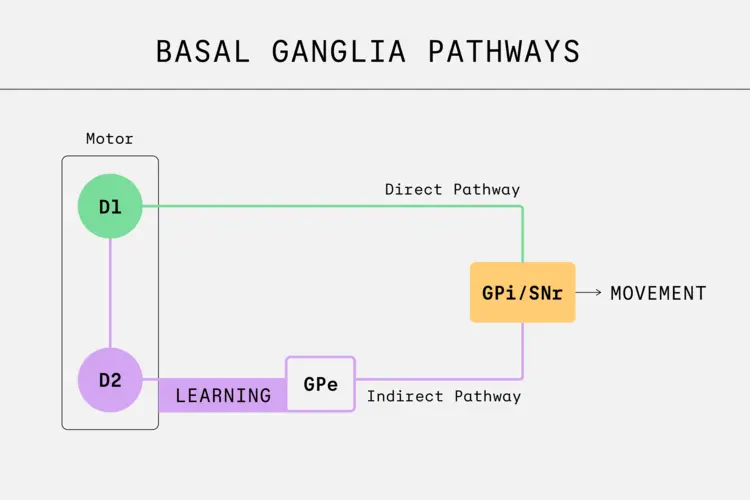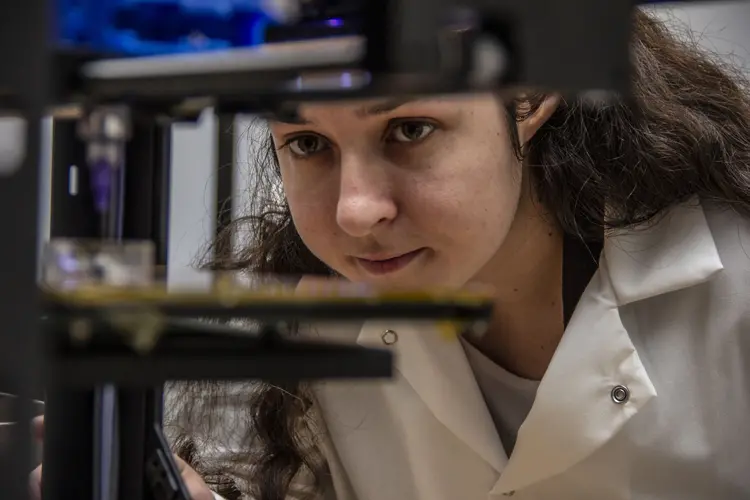Improving Patient Care Through Ingestible Sensing Capsules
Media Inquiries

From left: Julie Shin Kim, Sona Marukyan and Gaurav Balakrishnan were among the students who contributed to this research.
For gastrointestinal (GI) conditions such as Crohn’s disease, the primary route of diagnosis and ongoing monitoring is endoscopy, an invasive procedure that allows a doctor to view a person’s digestive system and retrieve tissue samples for analysis. These procedures can be painful and require anesthetics, limiting how frequently they can be performed.
Ingestible sensing capsules that perform diagnostic tasks as they traverse the digestive system is a promising alternative to endoscopic procedures. While there are currently rigid ingestible diagnostic capsules on the market, a team of researchers in Carnegie Mellon University’s College of Engineering(opens in new window) is seeking an option with fewer risks and more convenience through digestible gelatin-based sensors. Their work, recently published in Advanced Materials(opens in new window), highlights a potential path forward for this technology.
A person’s GI tract is semipermeable, and ideally only absorbs necessary nutrients. But with Crohn’s and other inflammatory conditions, this barrier can be compromised, causing increased intercellular dilation. Following an endoscopy, the tissue is imaged to determine whether it is healthy or diseased. This group’s work proposed that an ingestible sensor could perform this task by measuring a tissue’s electrochemical properties, or how ions flow within the tissue in response to an electric field.
“The GI tract is a critical organ system that is susceptible to inflammatory disorders that are often difficult to diagnose because of the complex milieu of chemicals in the gut,” said Chris Bettinger(opens in new window), a professor of biomedical engineering and materials science and engineering whose research group led the project. “Ingestible devices that can measure the physical and electrical properties of tissue barriers can provide valuable insight into the progression of certain diseases.”
“Ingestible devices that can measure the physical and electrical properties of tissue barriers can provide valuable insight into the progression of certain diseases.” — Chris Bettinger
While this project was initially conceived in 2019 through work in Bettinger’s laboratory, it had to pivot in response to COVID-19 restrictions, as students could not conduct their research in person. The group sought the expertise of Aditya Khair(opens in new window), a professor of chemical engineering, in order to determine ways in which computational methods could be implemented to continue the research.
“It was clear that some of the mathematical models my group is well-versed in, particularly in regards to impedance sensing, could be applied to analyze the experiments that this group was performing,” said Khair. “We utilized and extended these models to successfully interpret this experimental data.”
Using polymer and material science, the team worked to adapt electrode devices into a capsule material with both essential mechanical properties and the ability to degrade at the desired rate.
As one of the few laboratories in the country working on ingestible medical devices, projects such as this can serve as a template of opportunities for designing devices with the specific application of replacing invasive endoscopies.
“The future goal is that patients could use this device at home without a clinician administering the procedure and have more real-time, comprehensive data,” said Gaurav Balakrishnan, a materials science and engineering(opens in new window) Ph.D. student who worked on the project.


